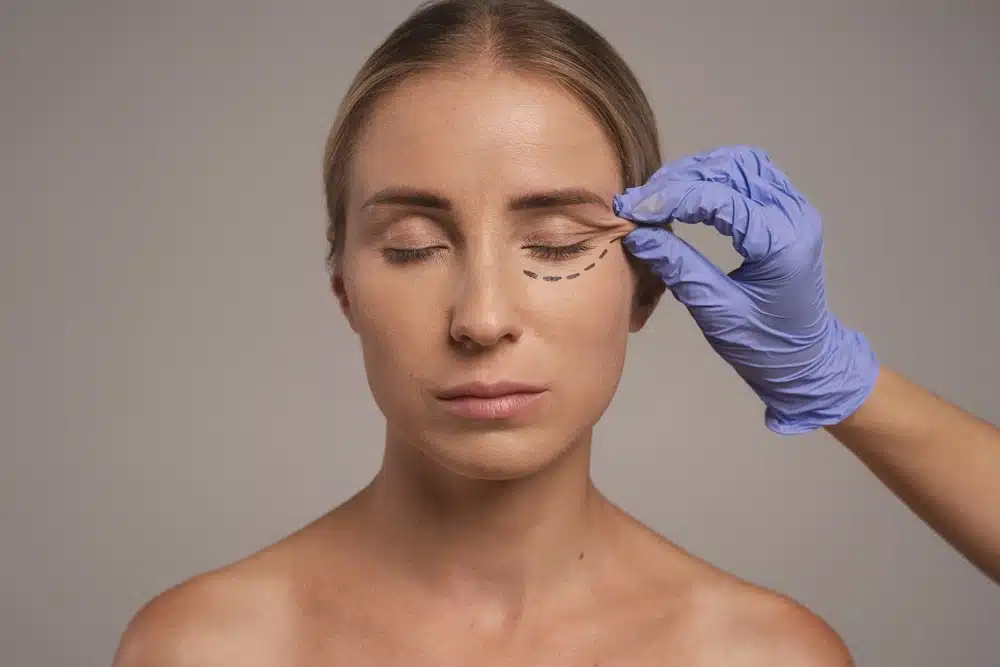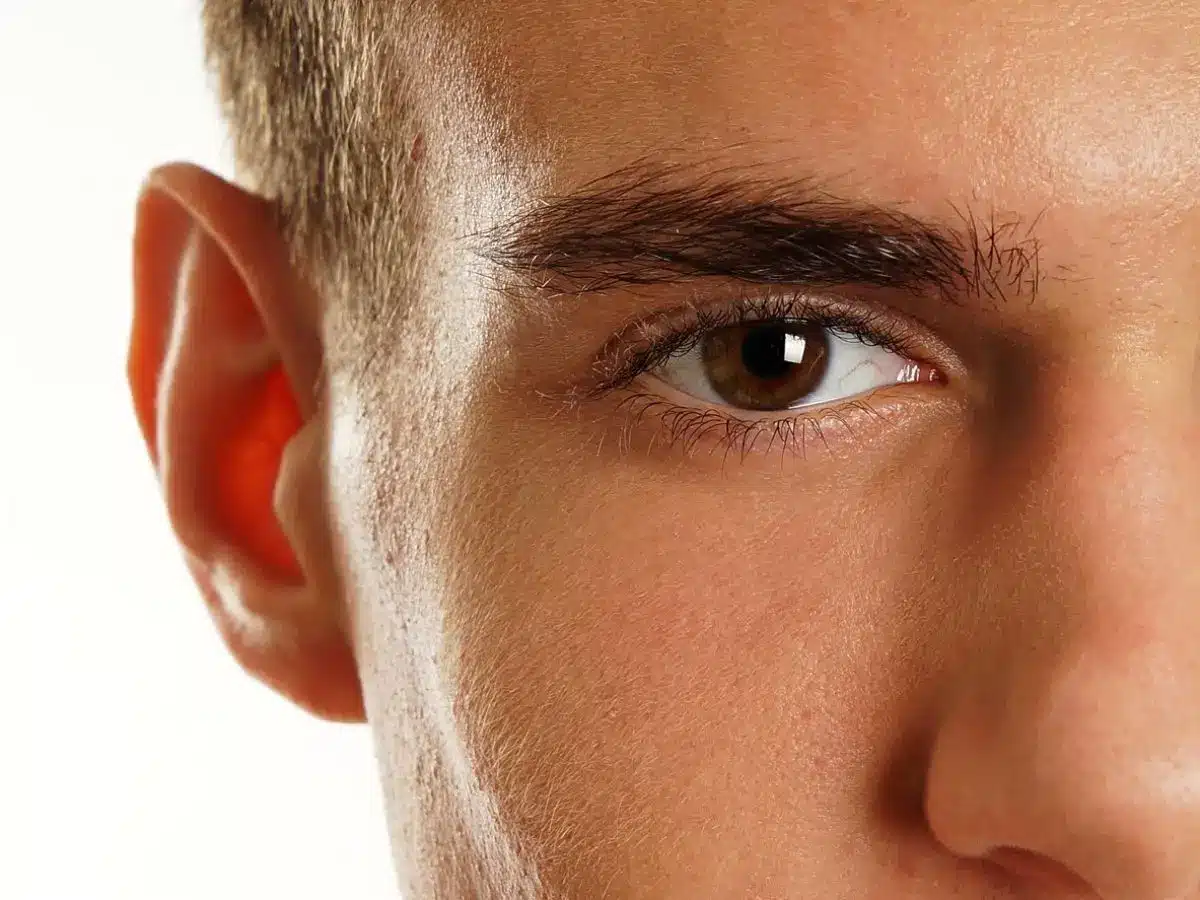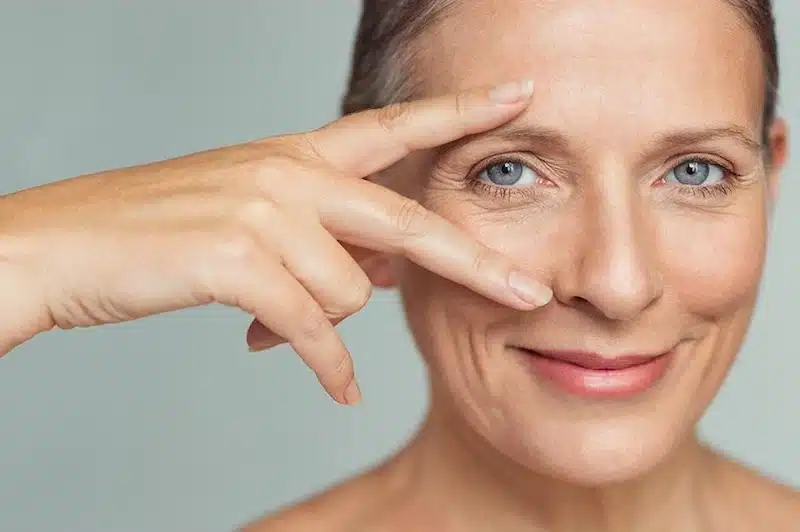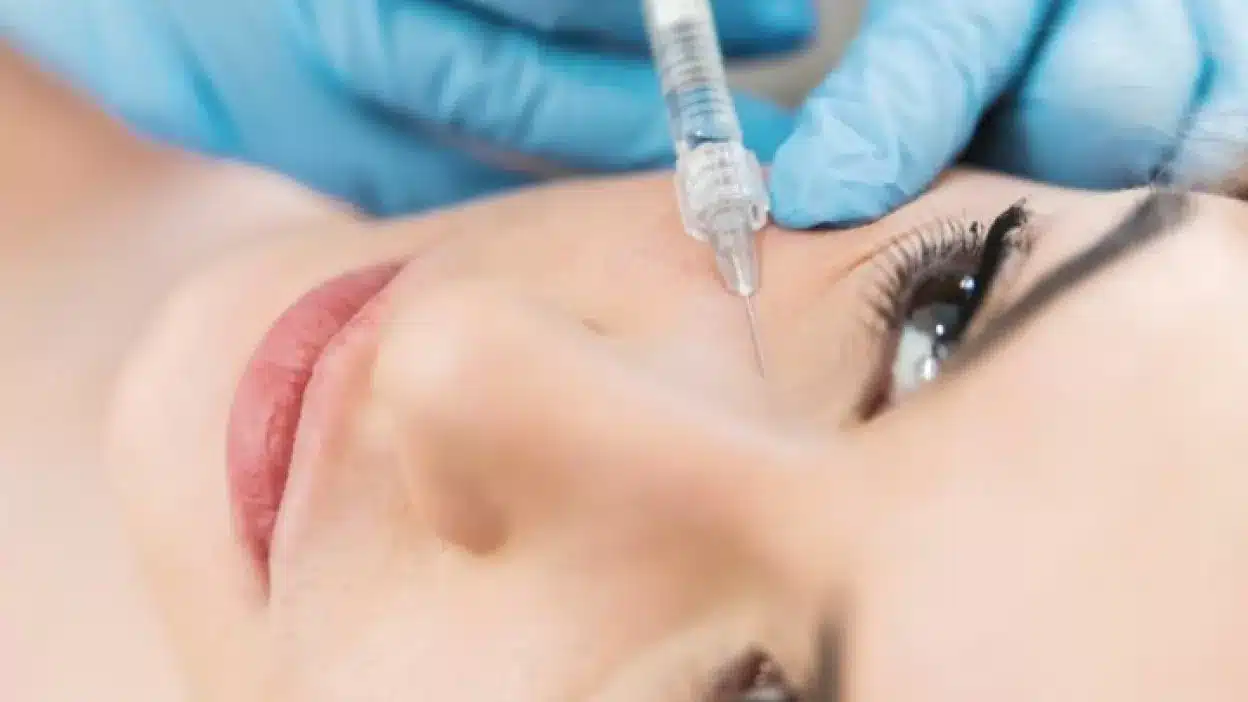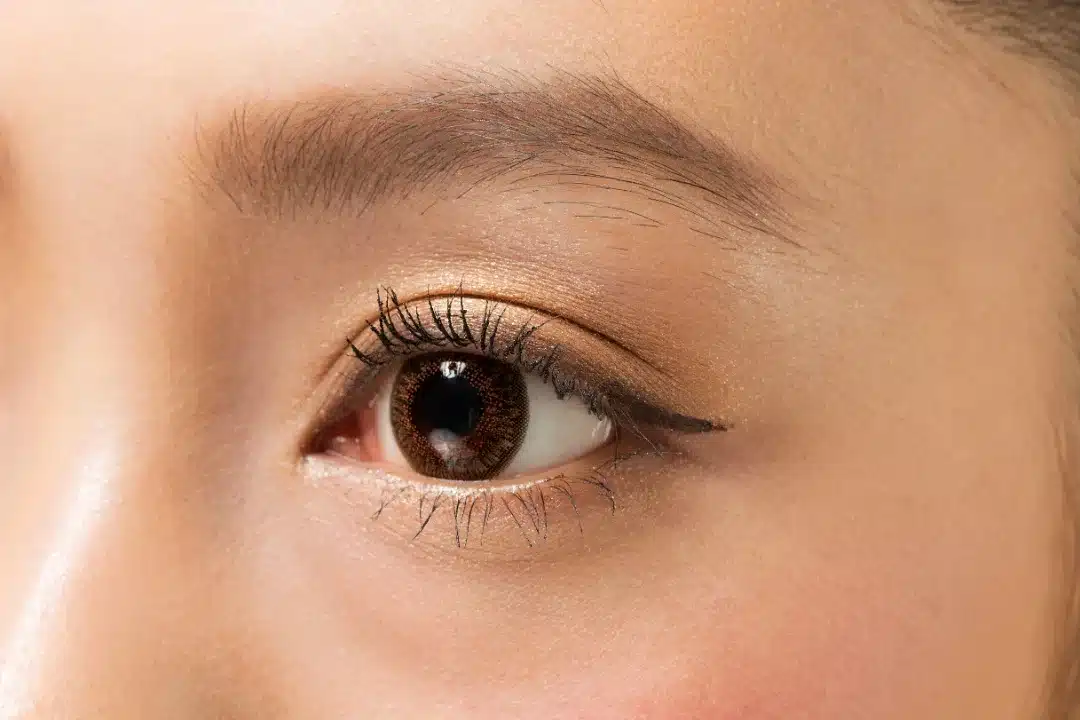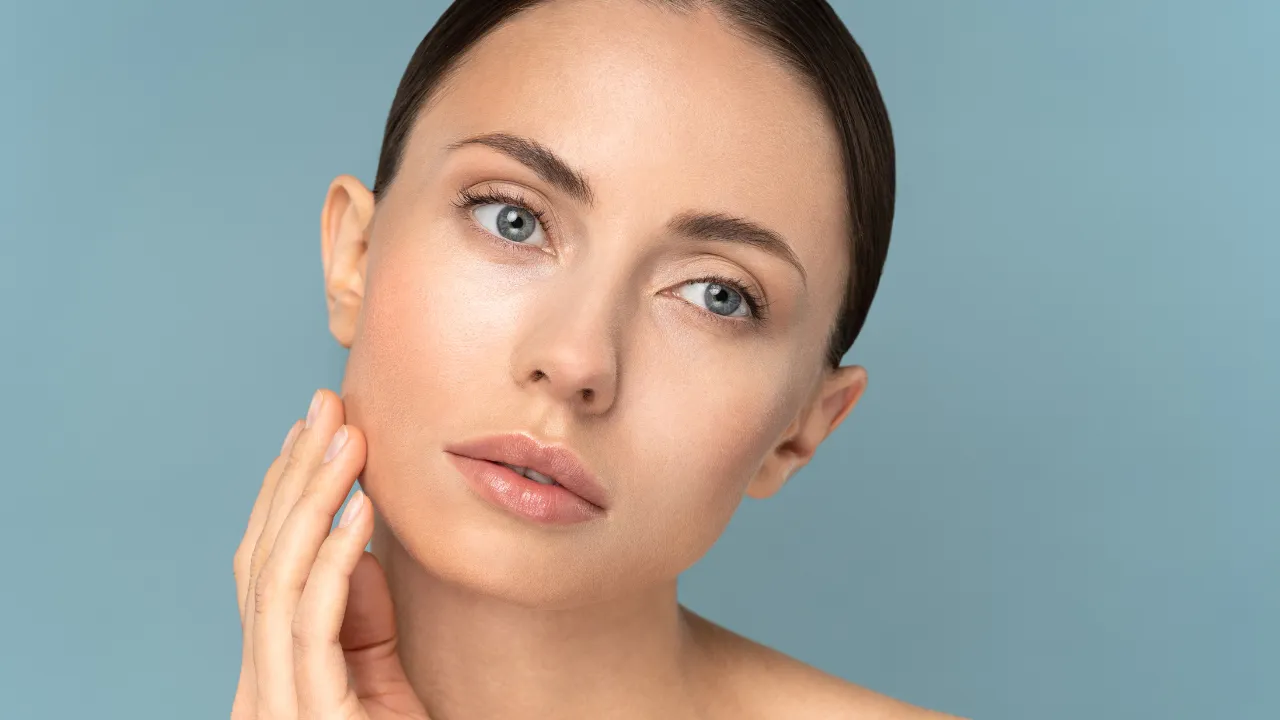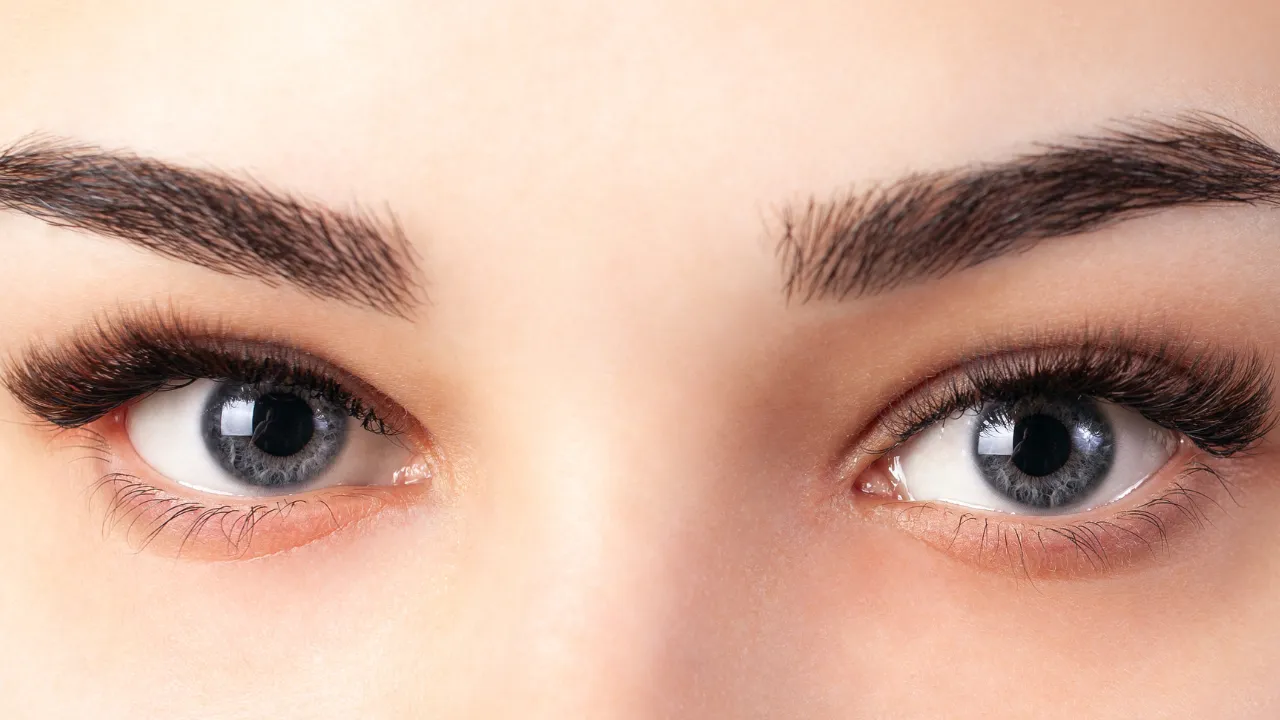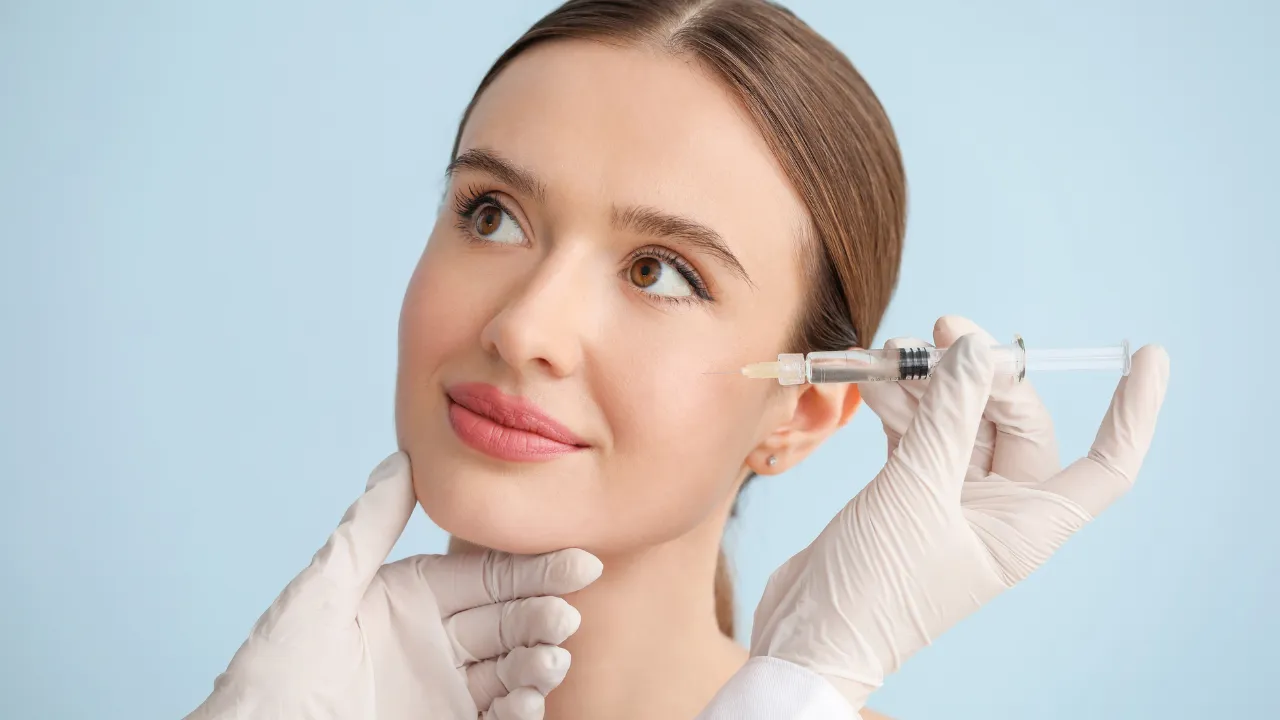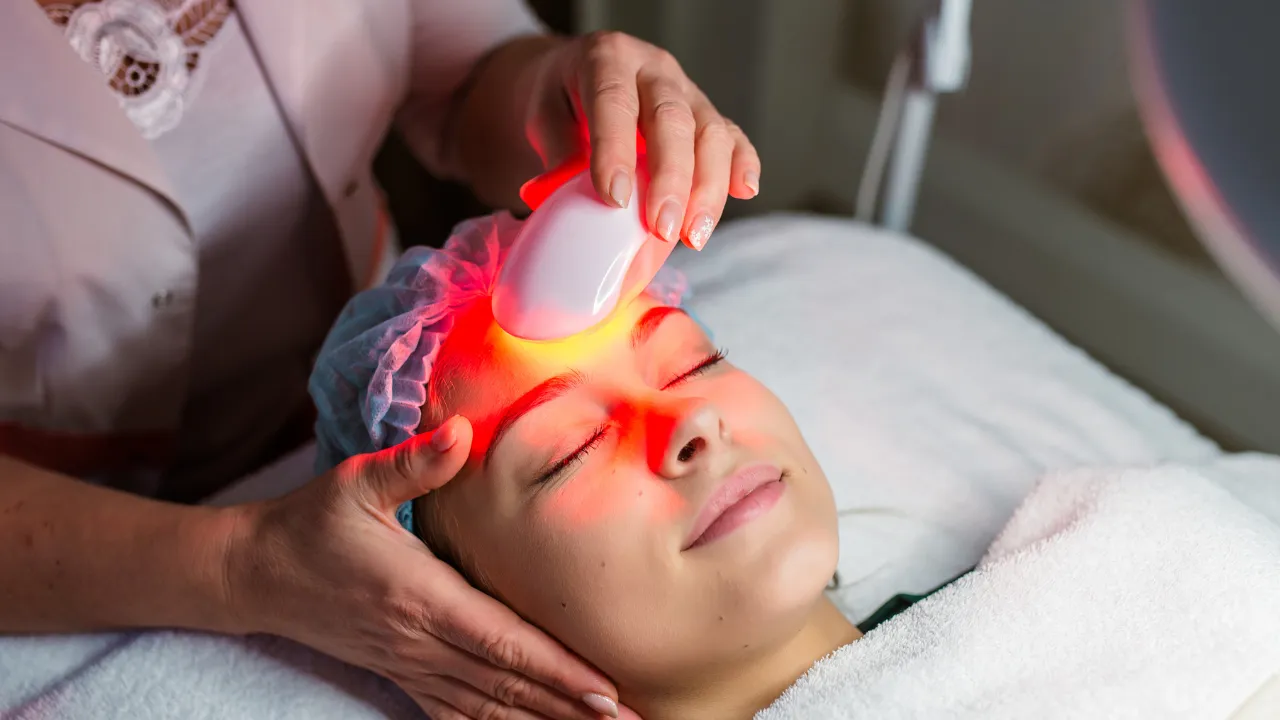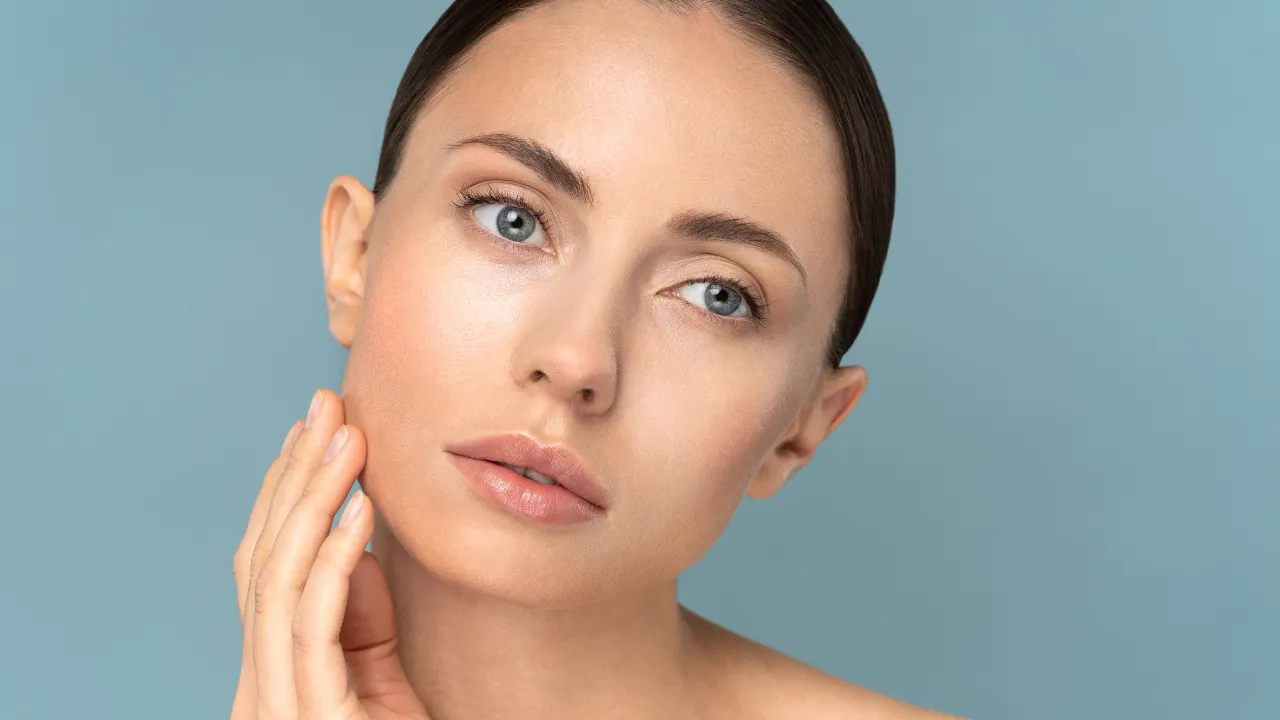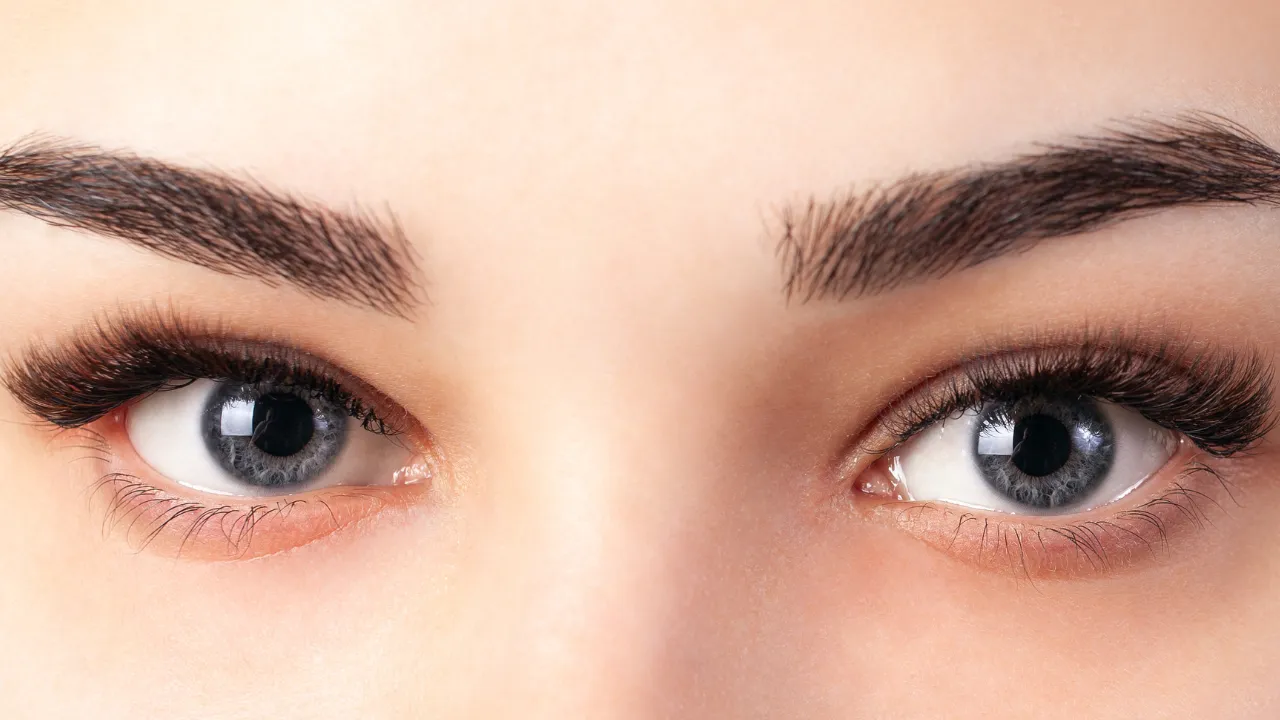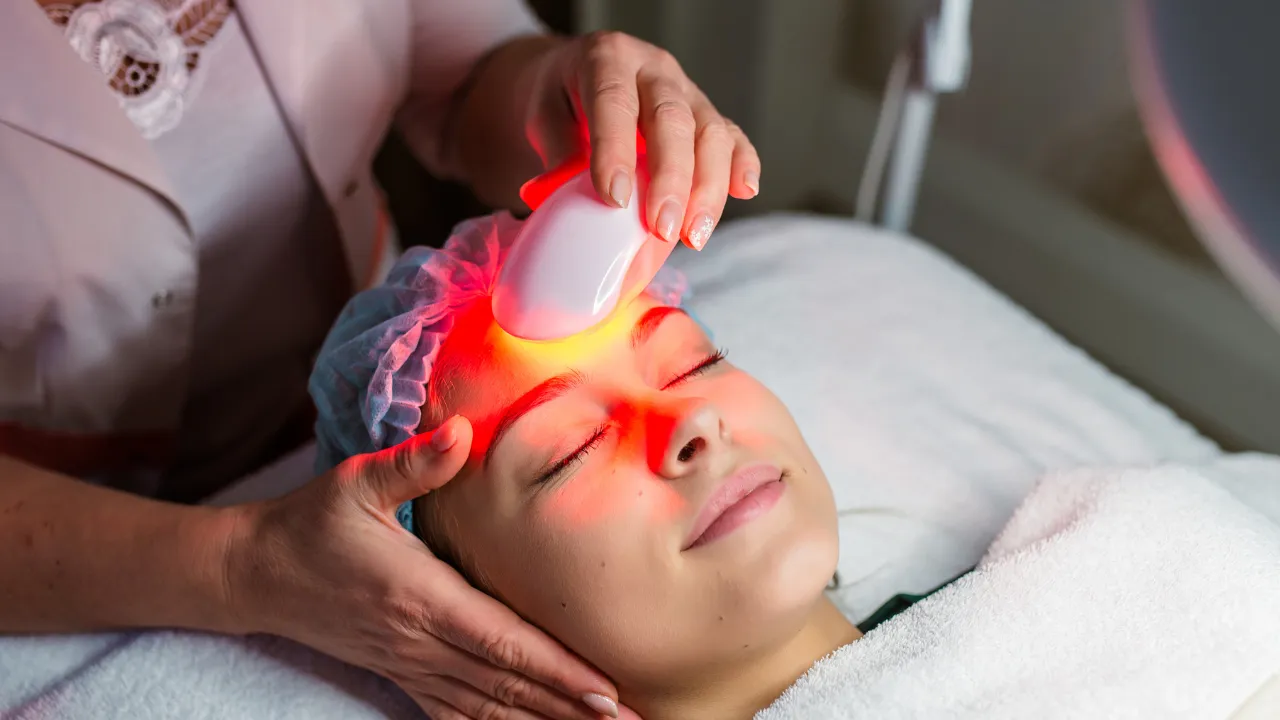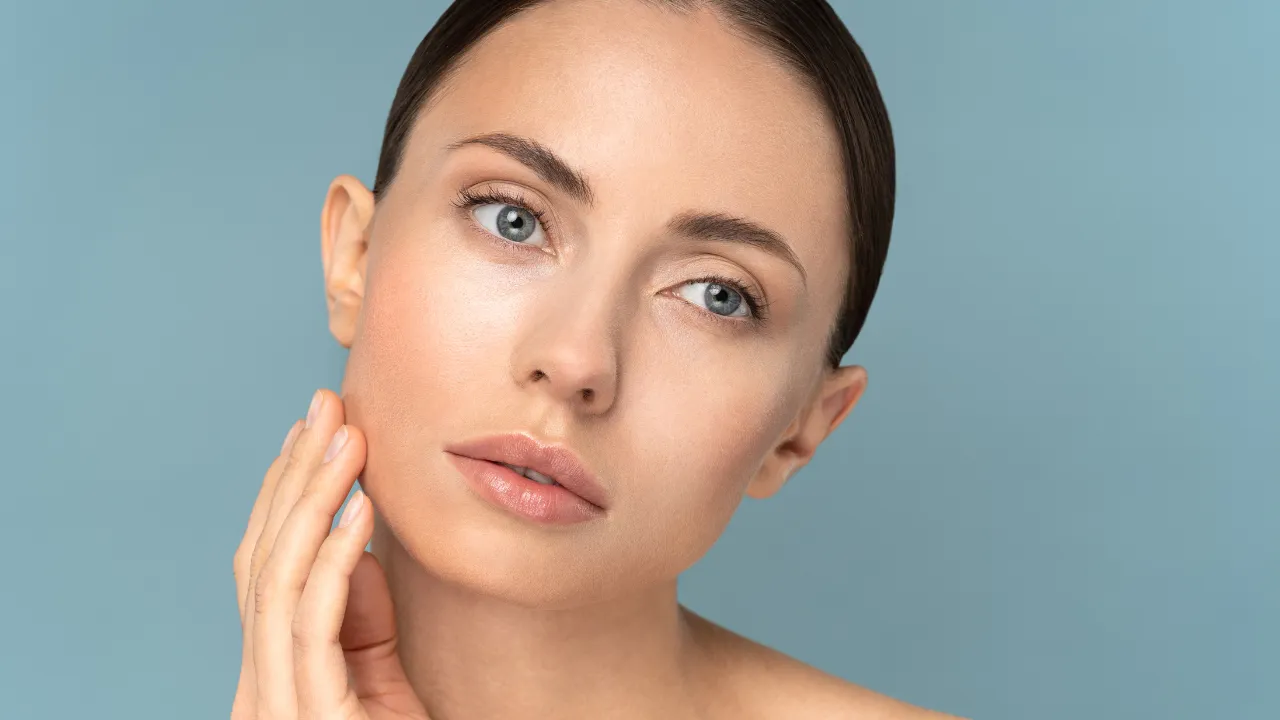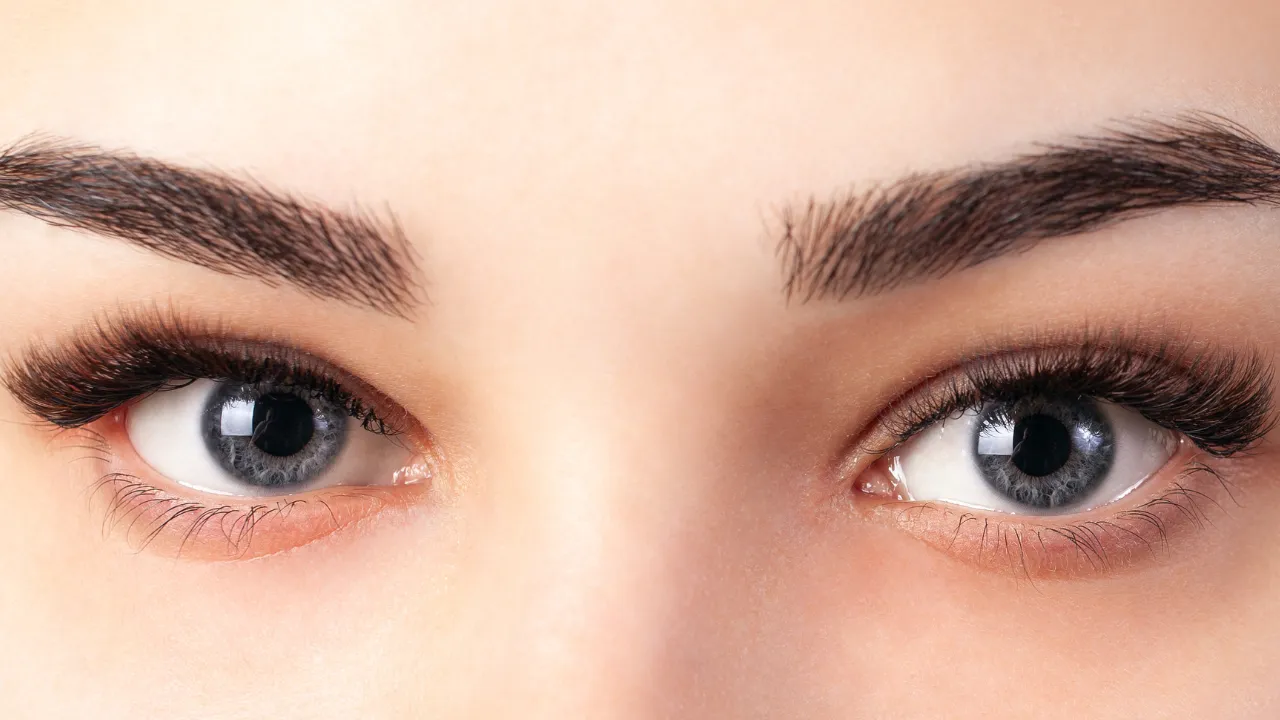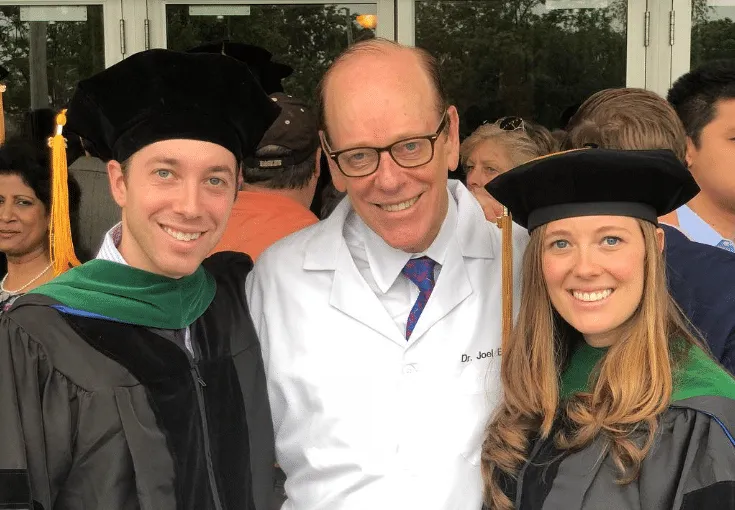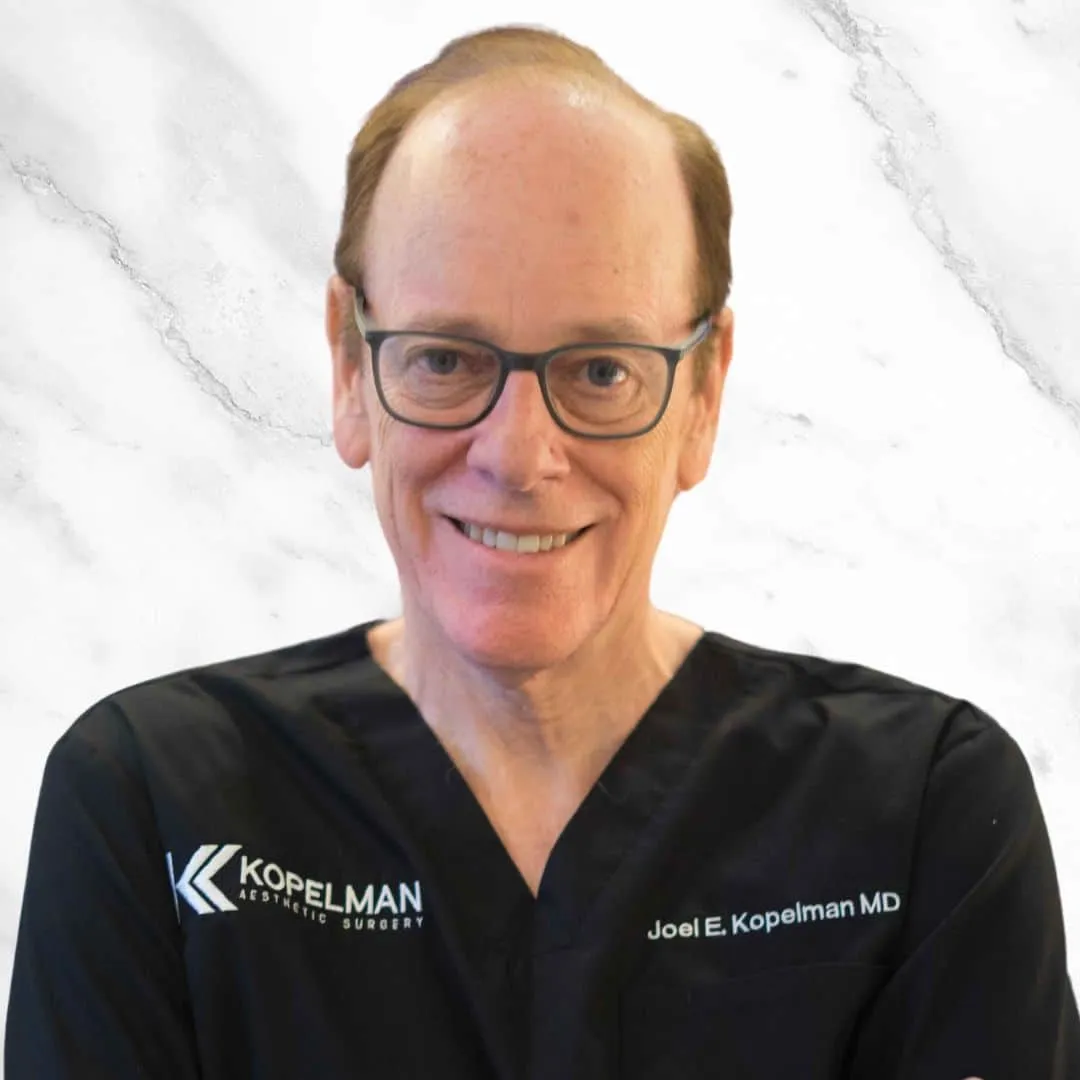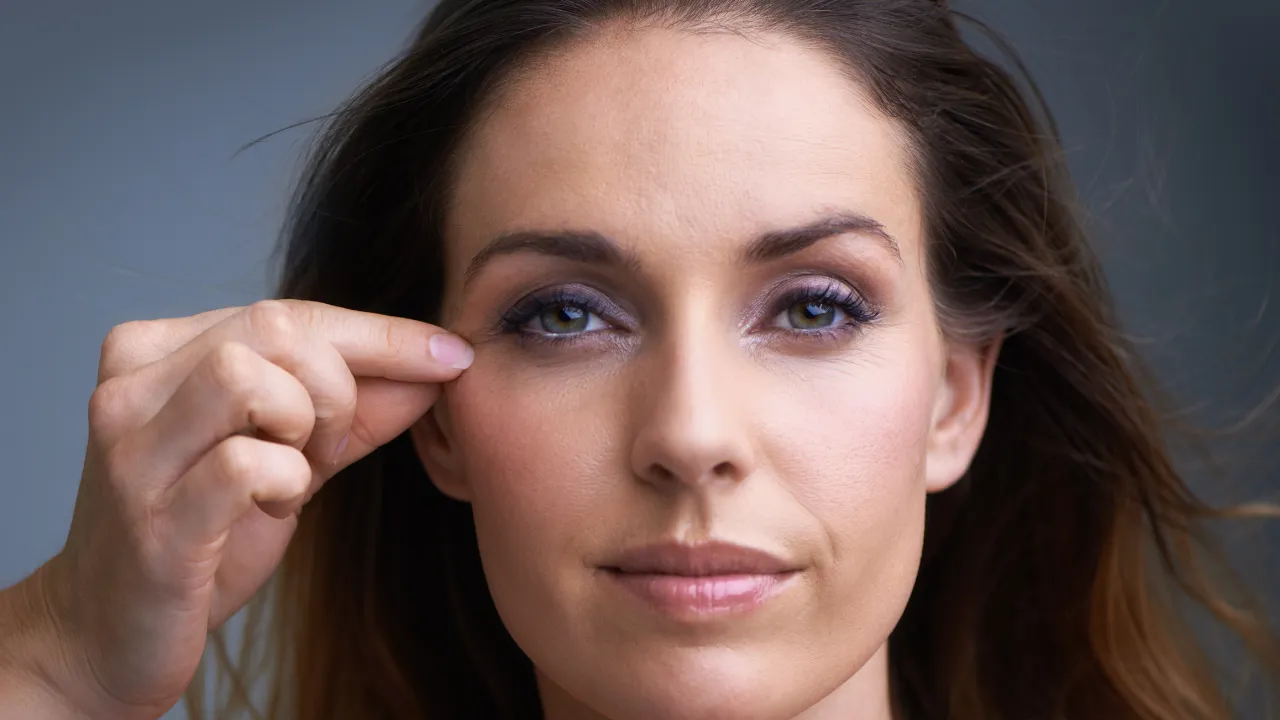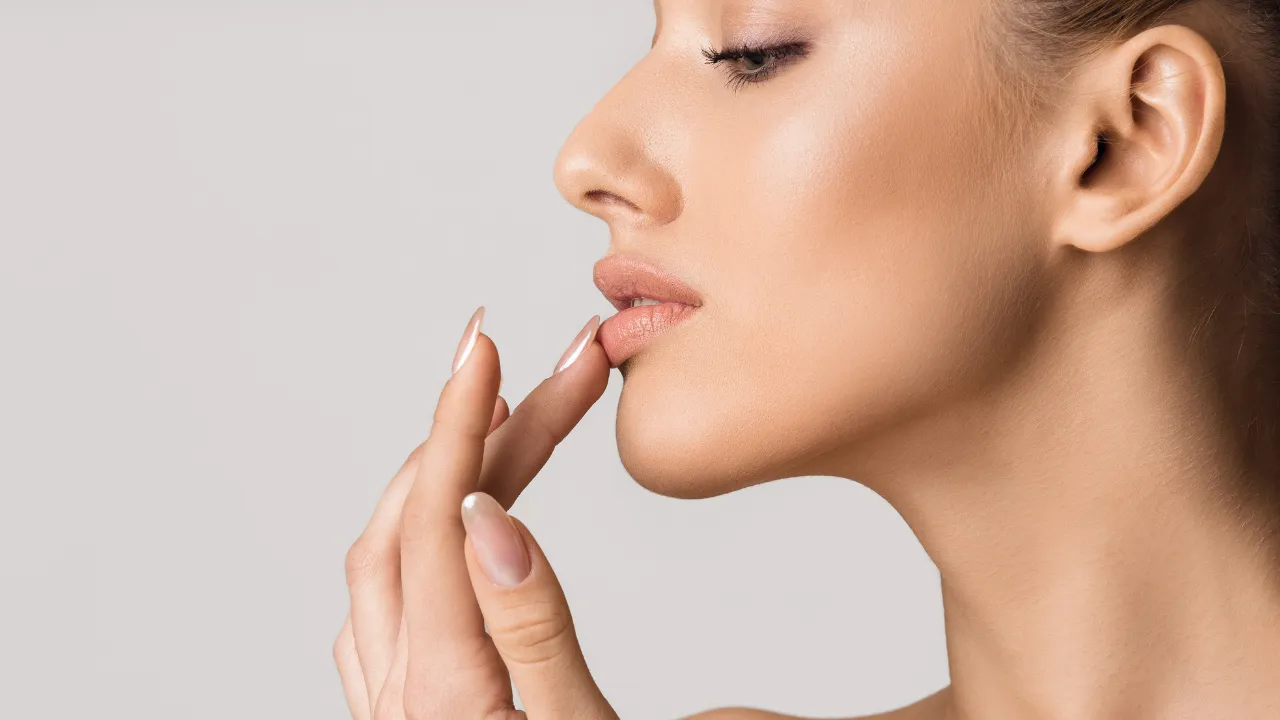At Kopelman Aesthetic Surgery, patients often search for a clear and trustworthy blepharoplasty FAQ. Dr. Joel Kopelman, a leading facial plastic and oculoplastic surgeon in New York City, provides accurate answers to common blepharoplasty questions. This guide explains what to expect, who qualifies, and how to prepare.
By addressing the most frequent blepharoplasty FAQs, we provide a reliable resource that covers candidacy, recovery, risks, and results.
Key Takeaways
- Blepharoplasty is an eyelid lift that removes excess skin and fat to improve appearance and, in some cases, vision.
- Good candidates are healthy adults with sagging skin or excess eyelid skin. Preparation includes avoiding smoking and certain medications.
- Recovery involves swelling and bruising in the first few days, with most patients reaching full recovery within two to three weeks.
- Risks are uncommon but may include infection, dry eye, or temporary blurred vision, which are minimized under the care of experienced plastic surgeons like Dr. Kopelman.
- Results often last many years, supported by sun protection, healthy habits, and follow-up visits.
Table of Contents
ToggleBlepharoplasty Facts: What You Need to Know
What Is Blepharoplasty?
Blepharoplasty is eyelid surgery to remove or reposition skin and fat. It restores a natural appearance and can improve peripheral vision when excess eyelid skin interferes with sight.
This type of plastic surgery may involve the upper and lower eyelids or just the upper lids. Incisions are placed in natural creases or inside the eyelid to minimize visible scarring.
Candidate Requirements: Who Qualifies for Eyelid Surgery
Candidates are generally healthy adults with drooping or puffy eyelids. Some seek cosmetic surgery, while others require upper eyelid surgery to restore vision.
Patients should not have uncontrolled conditions or severe eye disease. A consultation with Dr. Kopelman confirms if surgical procedures like blepharoplasty are the right choice.
Preparing for Surgery
What Should You Not Do Before Blepharoplasty?
Patients should avoid smoking and blood-thinning medications. These steps lower risks and help healing.
It is useful to prepare recovery supplies like cold compresses, artificial tears for dry eye, and medications. Setting up a comfortable space at home also helps.
How the Procedure Works
Blepharoplasty is performed under local anesthesia with sedation or general anesthesia. For more details, patients can review Dr. Kopelman’s overview of blepharoplasty anesthesia.
Incisions are made in natural creases of the eyelid or inside the lid. The surgeon removes excess skin and fat, and may adjust muscles to improve eyelid support. Depending on the patient, the surgery can be limited to upper lids or include both upper and lower eyelids.
Recovery After Blepharoplasty
Day-by-Day Recovery Guidance
During the first three days, swelling and bruising are most noticeable. Rest and elevation help. From days four to seven, bruising fades and stitches are removed. By week two, swelling lessens, and many patients return to work.
Stitches and Aftercare
Stitches are usually removed within a week. Ointments keep the area moist, and following instructions supports healing. Most patients reach full recovery in two to three weeks.
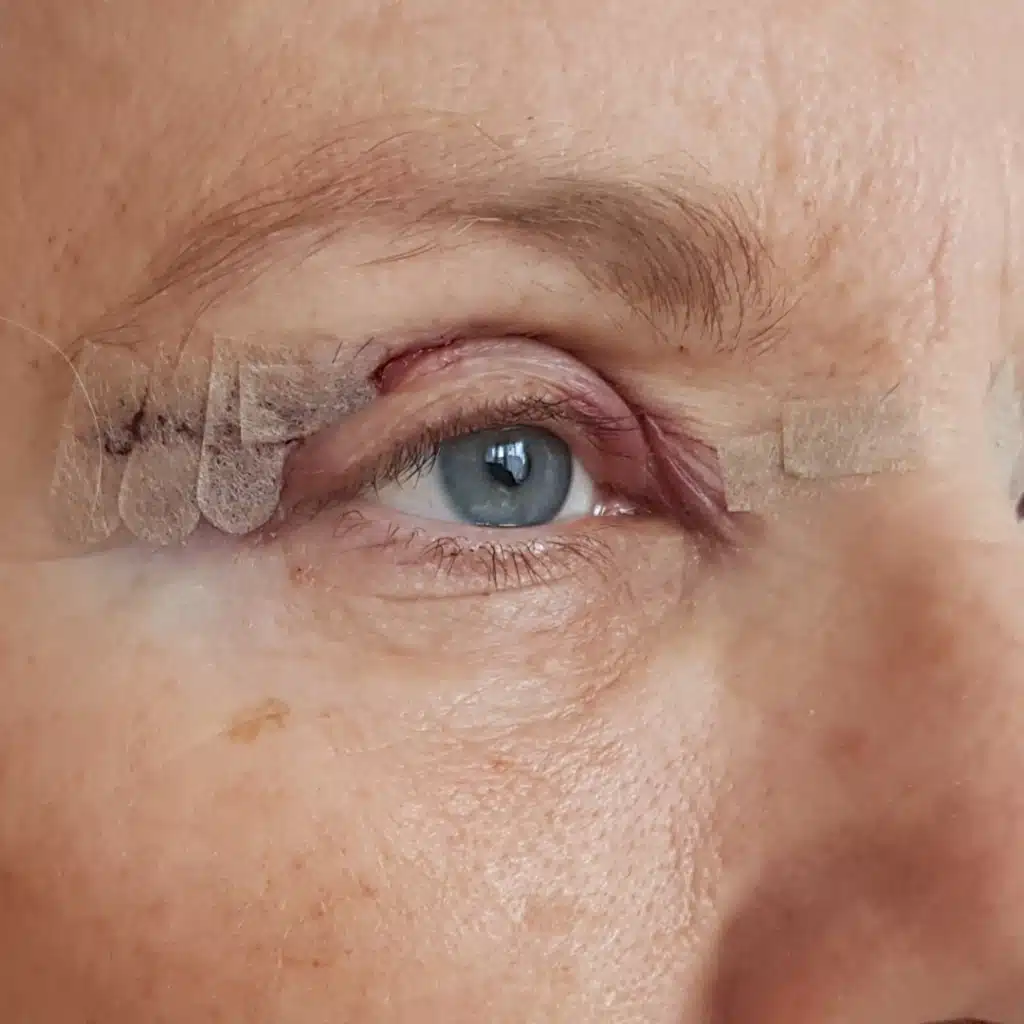
Returning to Daily Life
Patients can drive once vision clears, often after several days. Desk work resumes within a week, while heavy activity should wait two to three weeks. Glasses are safe immediately, while contact lenses should wait at least a week.
Risks and Downsides
Risks include infection, bleeding, asymmetry, or temporary blurred vision. Some patients may notice dry eye or irritation in the first few weeks.
Can Blepharoplasty Affect My Vision?
Blurred vision from swelling or ointment is common early but resolves quickly. Peripheral vision can improve significantly when excess eyelid skin is removed.
Results and Longevity
How Long Do Results Last?
Results can last for many years. Upper eyelid improvements may be permanent, while lower eyelid changes often remain stable for a decade.
How Many Times Can You Have Upper Blepharoplasty?
A second procedure may be needed if aging continues to affect the upper lids. Repeat surgery is uncommon but possible.
Maintaining Results Long Term
Results last longer with good skincare and sun protection. Sunglasses and sunscreen help preserve outcomes. Patients sometimes combine blepharoplasty with a brow lift for enhanced results.
Cost and Insurance FAQs
The cost of blepharoplasty is typically $8,500 for upper eyelid surgery or lower eyelid surgery, and $8,500–$10,000 for combined upper and lower eyelid procedures.
Final pricing may vary depending on the complexity of the case, anesthesia, and surgical details discussed during consultation. Cosmetic surgery is usually not covered by insurance.
Insurance cover may apply if sagging skin blocks vision or affects daily life. Patients should confirm details with their provider. Review this guide on how to get insurance to pay for eyelid surgery.
Final Thoughts and Next Steps
Blepharoplasty is one of the most trusted surgical procedures in facial plastic surgery. This blepharoplasty FAQ explains candidacy, preparation, recovery, risks, and long-term expectations.
Schedule a consultation with Dr. Joel Kopelman at Kopelman Aesthetic Surgery to explore whether an eyelid lift or upper eyelid surgery is right for your needs.

